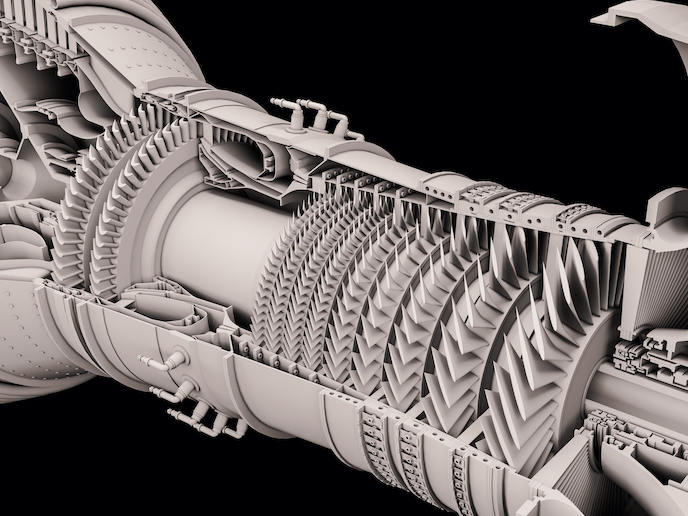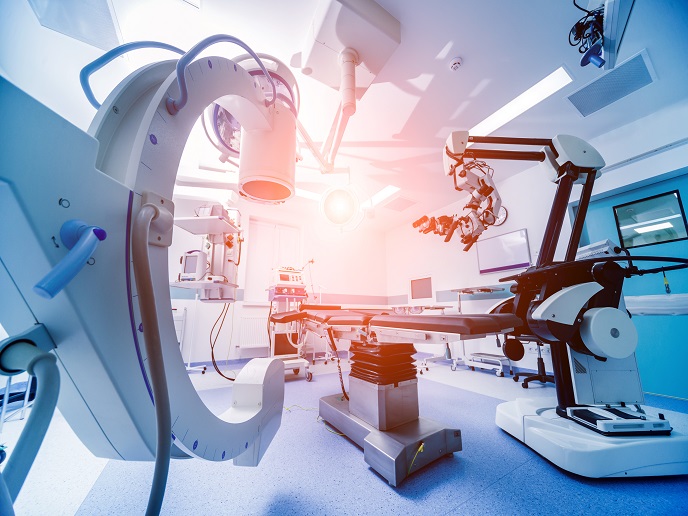Laser light reveals how gases swirl inside jet engines
Gas turbines(opens in new window) are the dominant form of converting fuel into mechanical energy and are used in everything from power plants to jet engines. A typical jet engine contains 16 combustors, each delivering several megawatts of power, more than 1 000 times what a domestic gas boiler provides. As such, their operation relies on careful design, says 3DFlameGT project coordinator Yannis Hardalupas: “We’re talking about a very large amount of heat generated in the small volume of a combustor, as a consequence if you get it wrong you can easily melt the combustor itself.” Whether a flame can exist in the combustor is determined in part by the effective mixing of fuel and air, a property measured by the scalar dissipation rate of the flow. “If this quantity is very large I have fast mixing and fast reaction, but if it is too high the reaction cannot keep up and the flame will extinguish,” explains Hardalupas. “What we are trying to understand is how you can optimise this quantity inside a combustor in order to stabilise the flame.” To measure the scalar dissipation rate, Hardalupas and his team at Imperial College London(opens in new window) combined an array of four lasers, which beamed parallel sheets of light into the fuel-air mixture of a combustor, causing the fuel to fluoresce. These patterns of fluorescent light were captured on camera, and digital processing was used to reconstruct the three-dimensional structure of the fuel distribution and extract the scalar dissipation rate. This is the first time that the scalar dissipation rate has been measured simultaneously in three dimensions and in real time. The new physical understanding will improve the assumptions of computational models used for combustor design. The information will be used not only in the design of future gas turbines, but also to optimise the operations of those already in use. “The design of combustors is, to a large extent, semi-empirical. A lot of tests have to be performed before you have the correct design,” says Hardalupas. As an hour of jet engine testing costs more than EUR 10 000, and thousands of hours of testing are needed to finalise a new engine design, reduced testing translates into significant savings. The project was supported by the EU through the Marie Skłodowska-Curie Actions programme(opens in new window). “The fellowship awarded to Irfan Mulla was extremely helpful because you need someone very experienced in order to deliver this type of research,” notes Hardalupas. Mulla has since taken on a position at the prestigious Indian Institute of Technology Madras(opens in new window). Future research will examine how the scalar dissipation rate inside combustors can be controlled for different fuels, a pressing question as the world’s energy portfolio shifts toward synthetic fuels, biofuels and hydrogen. “How the scalar dissipation rate behaves in combustors operating with such fuels is a challenge that needs to be addressed for the delivery of net zero carbon gas turbines,” says Hardalupas. “Hydrogen gas burns fast, and if you make a mistake it can very easily damage the walls of the combustor.”







